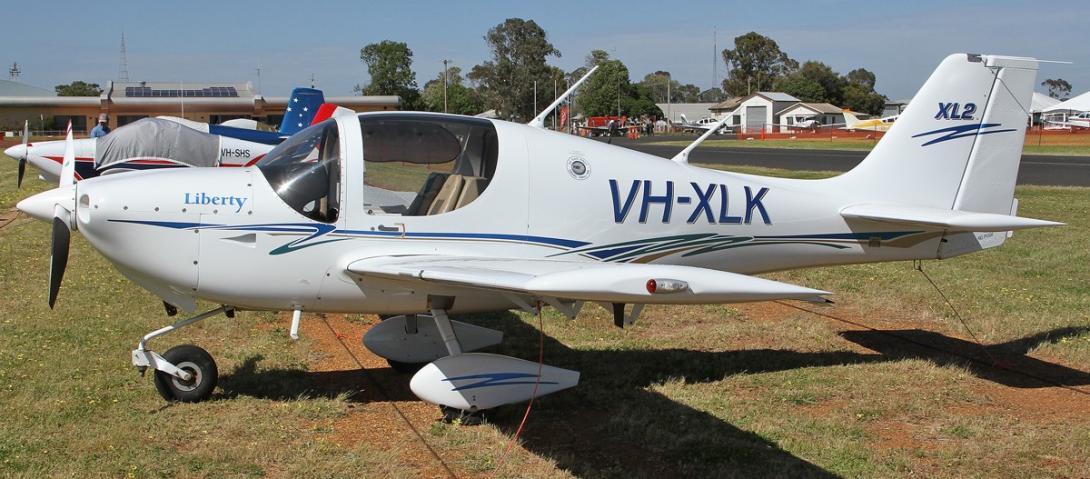
|
Key points:
|
A Liberty XL-2 two-seat light aircraft likely stalled at low speed and at a height that limited an effective recovery before it collided with the ground at a rural property near Braidwood, NSW on 4 August 2019, fatally injuring the pilot, an ATSB investigation has found.
The Liberty had flown from Moruya to the property in company (i.e. following but not in formation) with a second light aircraft with the view to landing at the property, or if the landing area was deemed unsuitable, continuing on to Camden. The pilot of the other aircraft, a recreational category aircraft better suited to operating from unprepared landing strips due to its landing gear configuration and higher propeller clearance, successfully landed at the property, but then called the Liberty pilot via mobile phone to advise that the runway was not suitable for their aircraft.
Recorded data from a flight planning app on the Liberty pilot’s iPad showed that the aircraft approached the landing area from the south-east, overflew the homestead before turning left to circle the landing area with a slowing airspeed.
On a second orbit of the strip, at about 400 ft above ground level, and after crossing the marked end of the landing area, witnesses observed the left wing drop and the aircraft enter a steep rotating descent. The pilot was unable to recover control of the aircraft before it impacted terrain.
“The ATSB investigation found that the aircraft departed controlled flight after slowing and turning downwind with no flap selected,” said ATSB Director Transport Safety Dr Mike Walker.
“The left wing stalled, and this resulted in the aircraft entering into an upright spin at an altitude that limited an effective recovery.”
The ATSB has investigated a number of accidents where light aircraft have stalled and impacted terrain. A stall/spin will result in a steep pitch down and rotation towards the stalled wing. Recovery takes a considerable amount of height, the magnitude of which is dependent on the reaction time of the pilot, and the use of appropriate recovery technique.
“This investigation highlights the need for pilots to minimise the risk of stalling, particularly when in proximity to the ground, such as during take-off and landing,” Dr Walker said.
“Turning manoeuvres at or close to the aircraft’s critical angle of attack, if mishandled, can lead to a stall that may result in the aircraft entering a spin.
“Pilots can limit their risk of losing control in flight by maintaining situational awareness of the aircraft state while conducting turns, maintaining adequate airspeed through appropriate power application during increased bank angles, and by selecting altitudes to operate at that provide sufficient height to recognise and recover from a stall.”
The investigation established that the aircraft’s stall warning system, which was designed to provide aural warning of impending stall conditions about 5 kt above the expected stall speed, was most likely functional at the time of the accident. However, it is unknown if and for how long this warning may have sounded. How the pilot reacted to the warning before the aircraft stalled is also unknown.
Separately, the investigation found that the aircraft’s maintenance release was invalid due to an airworthiness directive (AD) requiring inspection of the muffler having not being acted upon. Dr Walker noted that the overdue maintenance did not contribute to the accident, however, the invalid maintenance release should have precluded further flight in the aircraft until the AD was addressed.
Read the report: Collision with terrain involving Liberty Aerospace XL-2, VH-XLK, 9 km north-east of Braidwood, New South Wales, on 6 August 2019


